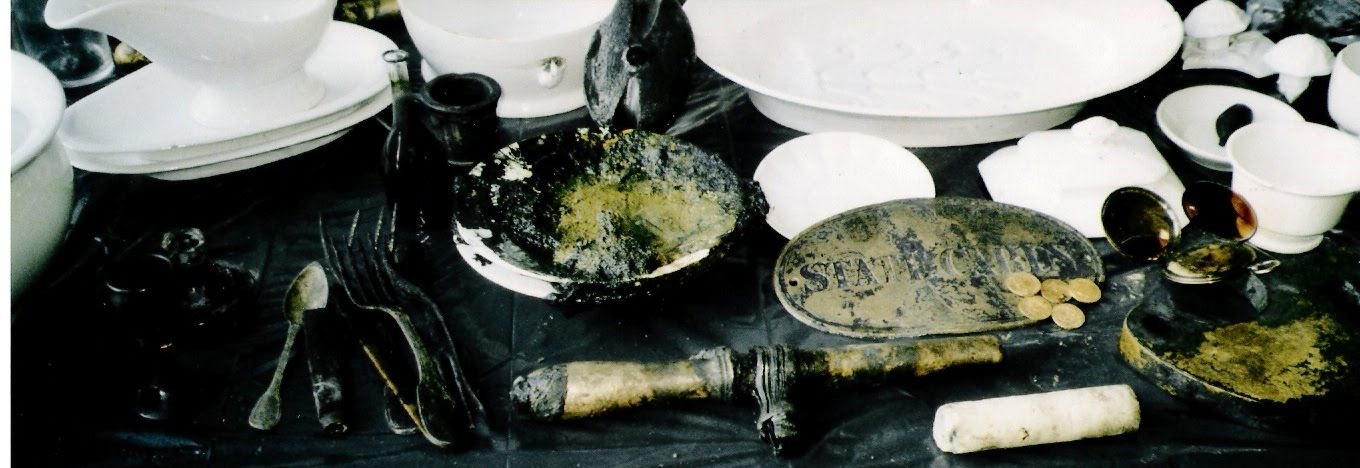Jim Burnett -
More that a century ago, mariners who found themselves in trouble along U.S. coasts often owed their lives to members of the U. S. Life Saving Service and their oar-powered surfboats. A replica of one of those historic surfboats now helps bring that history to life at the Portsmouth Life Saving Station at Cape Lookout National Seashore.
Three U.S. Life Saving Stations were built between 1888 and 1894 within what are now the boundaries of Cape Lookout National Seashore. From these stations, the surfmen of the U.S. Life Saving Service went to the rescue of shipwreck survivors in all kinds of weather. Stations on the North Carolina coast used rowing or “pulling” surfboats like the design known as the Monomoy.
It was arduous and dangerous work; a crew of about eight surfmen would pull the boat on a beach cart out to the water, and then row out to rescue those in distress. These boats weighed about 2,100 pounds, so simply getting them to the water was a job in itself. The stations and their surfboats continued to be used when the Life Saving Service became the U.S. Coast Guard in 1915.
Two of these life-saving stations still stand at Cape Lookout, with the one at Portsmouth almost unchanged from the time it was first built. New exhibits, including historic station equipment from the turn of the century, have been installed in the Portsmouth Station, but until recently, a key element from the story was missing: an authentic surfboat for the boat bay.Now, with the support of the North Carolina Maritime Museum, the volunteers of the Watercraft Center, the Friends of Portsmouth Island, the United States Coast Guard and the National Park Service, a treasured piece of coastal history once again can be seen at the station—and occasionally even in local waters.
It took 18 months for more than two dozen volunteers to build the historically accurate surfboat and McLellan Beach Cart wagon. Working at the center, located in Beaufort, North Carolina, the boat builders based their labor of love on copies of 100-year-old plans acquired from historical rescue craft expert Tim Dring and from the National Archives.
Built of white cedar on steam-bent oak frames, the replica can be used for demonstrations. Retired U.S. Coast Guard surfman Ira Lewis of Harkers Island helped to train surfmen aboard similarly modeled rescue boats from 1938 to 1959. Lewis provided the Museum with life-saving history, and trained volunteers on how the cart and boat were used.
The Monomoy type surfboat, one of several types of boats known to have been used by the U.S. Life Saving Service at their Portsmouth Station, was chosen for this historic building project. The boat's name is taken from Monomoy Island, off of Cape Cod, Massachusetts, where the design originated.
This is same type boat used in the station’s most famous rescue, which occurred in May 1903. It took 35 oar-powered trips by the rescuers to transfer over 300 stranded passengers from the Vera Cruz to safety in the village of Portsmouth. It's believed to be the largest such rescue in the fabled history of ship mishaps along the treacherous North Carolina coast. Photo NPS
Photo NPS
Posted via http://batavia08.posterous.com batavia08's posterous
.jpg)
No comments:
Post a Comment